Break Free from the Same Old Rut by Changing Your Mind
Posted on January 15, 2009 by Debra Burdick
Until the last 10-15 years, scientist believed that our brains were essentially hardwired and we were not able to change them much over our lifetime. More recent research has proven without a doubt that we do have the ability to change our minds; that in fact we can actually change the neurons and neuronal networks in our brains.
Basically our brains are wired with three types of knowledge. Two types are pre-wired with certain kinds of ‘innate’ knowledge. The first type of pre-wired knowledge (born with it) is now believed to be handed down through the generations of our species. This knowledge is particularly designed to protect the survival of the species and also defines us as human. It includes the four ‘F’s of survival: Fighting, Fleeing, Feeding, and Fornicating. In other words we need to protect ourselves from predators by running away or fighting. We need to eat to survive. And we need to procreate to survive as a species. Animals also have this type of knowledge hard-wired in their brains.
The second type of ‘pre-wired’ knowledge comes from our specific ancestors including parents, grandparents, great grandparents, etc.Thus we inherit certain mannerisms, predispositions for certain health issues, and tendencies for certain thought patterns. This is the ‘nature’ part of the age old question of whether a trait comes from nature (born with it) vs. nurture (from the nurturing, experience and learning).
The third type of knowledge allows us to ‘change our minds’. It comes from learning over the course of our lifetimes (the nurture part). This learning can be from memorizing facts (semantic memory), from experience (episodic memory), and from repetition. This is where we gain the ability to learn and master a musical instrument, a sport, a new language, and all the things we learn in school. This is where we learn to trust, to feel good about ourselves, to develop mastery over our world. This is also where we can change our neurons from habitual firings of depression or anxiety to a happier or calmer state of mind.
A well known process for changing how we feel is called Cognitive/Behavioral Therapy (CBT). It looks at how our thoughts create our feelings and our behaviors. It teaches us to monitor our thoughts, and choose different, healthier thoughts to create better feelings and behaviors. Current brain research confirms this process works! See my website for more information about CBT at www.TheBrainLady.com.
It turns out that what we repeatedly think about ‘changes our mind’ and this change can actually be ‘seen’ in the neuronal configuration of the brain. So we should think about what we think about. Candice Pert, PhD was the first to discover the neuropeptides associated with emotion. She talks about how we become essentially ‘addicted’ to how we are feeling as our neurons tend to fire repeatedly in the same patterns unless we do something to change this pattern.
Your Assignment
Change Your Mind and Break Free
Use this step by step process to help you disrupt the old patterns and change your mind. And, despite the old saying that it is a woman’s prerogative to change her mind, and although there are minor sex related differences in the brain, I’ve seen no evidence yet that women have any easier time ‘changing their minds’ than men…
First, for a week or so just notice the types of thoughts you generally have. Are they constantly negative? Are they generally optimistic? Are they predicting doom and gloom or success and wellness? Are they focused on one topic over and over? Just make a note of the patterns of your thoughts. Jot down the nature of the thoughts. Then at the end of the week review the notes and notice if there are any themes. You may be surprised how often they are negative.
Next, decide how you want to feel. Would you rather feel happy than sad? Or relaxed instead of anxious? If you want to feel happy, content, or relaxed you will need to replace negative thoughts with thoughts that create these feelings.
Find a thought that feels better. Since there is a direct correlation between the contents of your thoughts and how you feel, you can change how you feel by changing what you are thinking about. If you are feeling down or depressed, chances are your thoughts are primarily negative. For example, “I hate my job” feels a lot worse than, “Sometimes I get frustrated with my job, but I do enjoy my co-workers and if I get fed up enough I will find another job”. Doesn’t that feel better already?
Practice the new habit of noticing the negative thought and replacing it with a reality based thought that is more positive. For example, if you think “I will never get all this work done on time”, replace the thought with something like “I have a lot of work to get done, and I don’t have much time. I will prioritize the tasks and check each one off as I get it done”. This starts the process to feeling better.
Perhaps you are feeling down or depressed. For example, if you think “No one likes me. I don’t have any friends”, replace it with “Well, there are a couple of people that I do enjoy talking with. I will give one a call, or invite one to do something with me. And I will look for ways to meet new people who might enjoy doing the same things I enjoy”.
Gradually shift the thought to a more positive thought. You probably won’t change from one extreme to the other in an instant, but a gradual change will begin the process and show you how it works. And even a small change for the positive will feel better and will ‘change your mind’.
Think of a time when you felt the way you want to feel. Your brain doesn’t know the difference between whether you are actually feeling that way or just pretending to feel that way by remembering when you did and remembering how you felt. Your brain will change as if you feel that way now and you will actually start to feel better.
Other ways to ‘change your mind’ are to learn a new skill or experience something new. Guess what? You can teach an old dog new tricks. Experts tell us for example that learning a new language or how to play a musical instrument keeps our brain growing and changing. And experiencing the different result that you get when you practice thinking a more positive way will teach the brain and make it change, too. For example if you have a problem at work and you talk to your boss about the problem you are having, and your boss addresses it and the problem is resolved, then your brain learns from the experience of how that feels.
Repeat the new pattern of thinking or practice the new thing you are learning enough to fortify the new neuronal patterns. This is sometimes called Mental Rehearsal. In order for the change to become more permanent, you must repeat it. And do it again. Think about it again. Reread what you are trying to learn. Remember how the teacher made us use the new vocabulary word in a sentence? Again and again? Repetition helps us learn and ‘change our mind’.
Another way to change your mind is to train it. This can be done by a scientifically proven method of actually changing the brain wave patterns called EEG Biofeedback or Neurofeedback. Neurofeedback gives you information about what your brainwaves are doing via a video game which you control without using your hands. When you change your brain in a desired way, the rocket flies, you get points, and you hear beeps. Studies prove it works as well as Ritalin for Attention Deficit/Hyperactivity Disorder (ADHD) and has been deemed efficacious for ADHD, depression, anxiety (OCD, Generalized Anxiety Disorder, PTSD, and Phobias), addictive disorders, seizures, and reading disabilities. It addresses and often permanently corrects the underlying brain dysregulation whereas medications just treat the symptoms. It teaches you to ‘change your mind’. For more information on Neurofeedback, visit my website atwww.TheBrainLady.com.
For more details about the science behind how we can ‘change our mind’ read Evolve Your Brain, the Science of Changing your Mind by Joe Dispenza.
I would love to hear your personal experiences with this topic.
Categories: ADHD, Anxiety, Articles, Depression, Neurofeedback

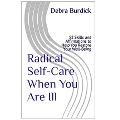

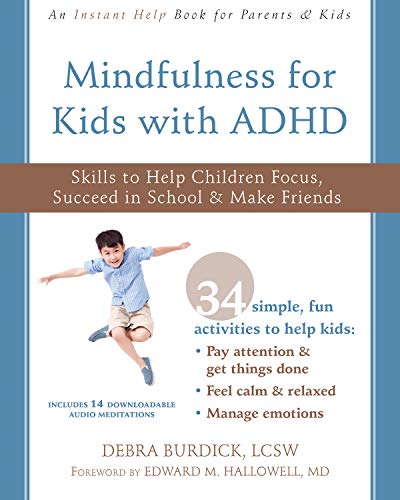
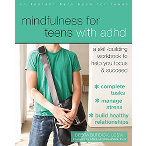
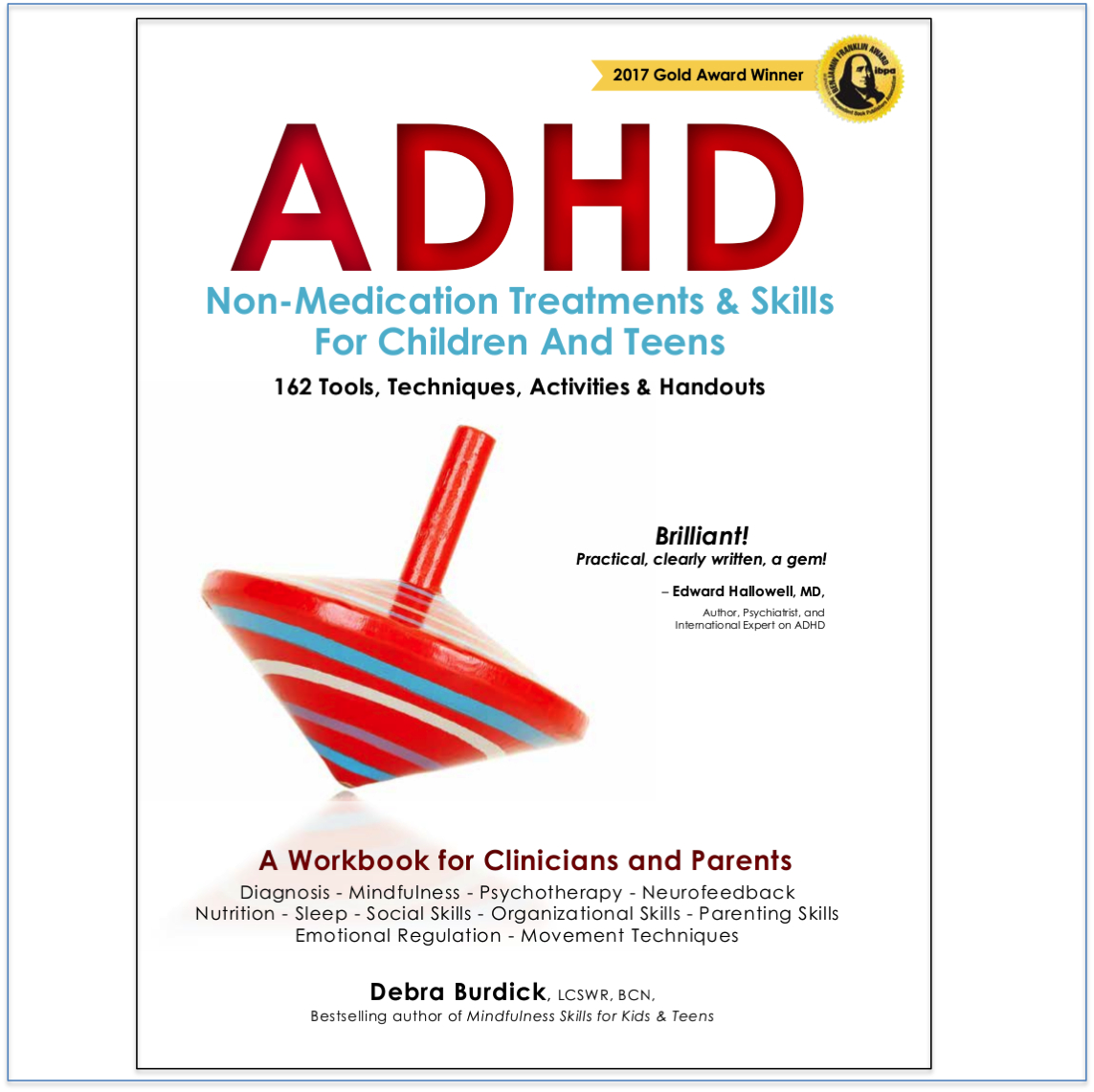
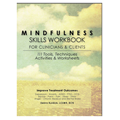
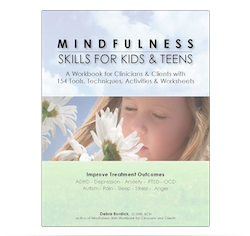
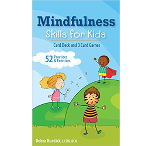
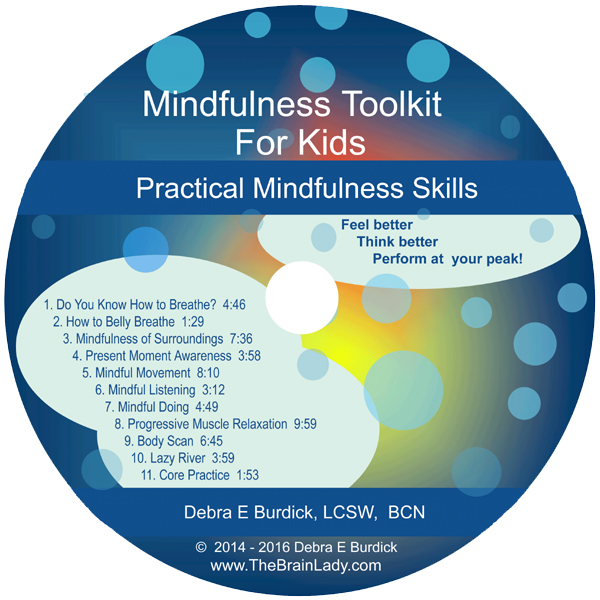
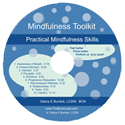
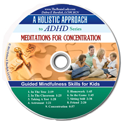
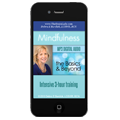
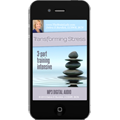
No comments yet. You should be kind and add one!
The comments are closed.